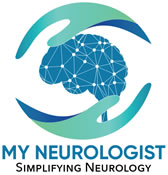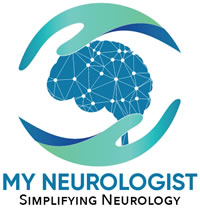Inclusion Body Myositis, or IBM, is considered the most common acquired muscle disease of aging population, individuals over 45 years old.
What are symptoms of IBM?
It presents with slow and insidious, progressive, and painless muscle weakness. Initial symptoms may be difficulty getting up from a chair or climbing stairs. Patient may start falling due to upper leg muscle weakness. Hand weakness may result in difficulty writing, opening jars, buttoning, or tying laces. Weakness of swallowing muscles may cause dysphagia or choking.
What are the signs of IBM?
Specific muscle weakness: Quadriceps, medial forearm flexors, and finger flexors. In advanced cases, all skeletal muscles are affected.
What conditions may mimic IBM?
A: Polymyositis: Does not have specific muscle weakness like finger flexors.
B: ALS: It is rapidly progressive compared to IBM.
C: Inherited myopathies: Positive family history.
D: Peripheral neuropathy: Not that difficult to differentiate based upon exam and testing.
How is IBM diagnosed?
It is diagnosed by its history of painless insidious weakness, more so of finger flexors, and quadriceps, high level of serum CK, and electromyogram findings of a myopathic process. Sometimes an MRI of muscles can also help. In addition, there are some auto-antibody blood tests (anti-NT5C1A), which may help to make this diagnosis. Muscle biopsy may help to confirm the diagnosis, but it may not help or be falsely negative, especially in early stages of the disease.
What exactly happens in IBM?
The underlying process leading to muscle injury in IBM has features of inflammation and degeneration. There is some evidence that an auto-immune process is involved, directly or indirectly. Exact trigger for this malfunction is not known.
Is IBM an inherited disorder?
There is some evidence that a patient’s genetic make-up may increase risk of having IBM, but there is no evidence that it is an inherited or genetic disorder.
Is there a treatment for IBM?
No treatment, including treatment for immune diseases, so far has been found to be effective to change its course.
Where can I find more information about IBM?
American Association of Neuromuscular & Electrodiagnostic Medicine


Leave a Reply
Your email is safe with us.
You must be logged in to post a comment.